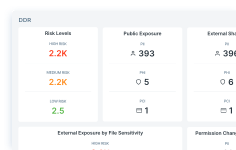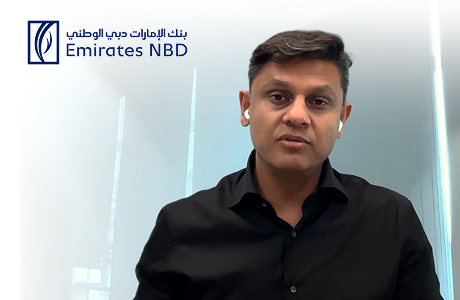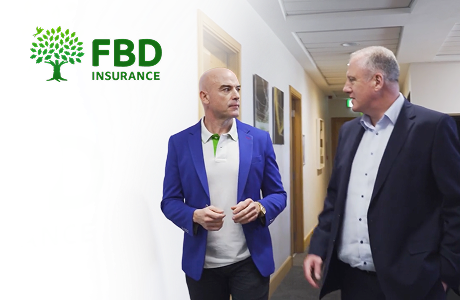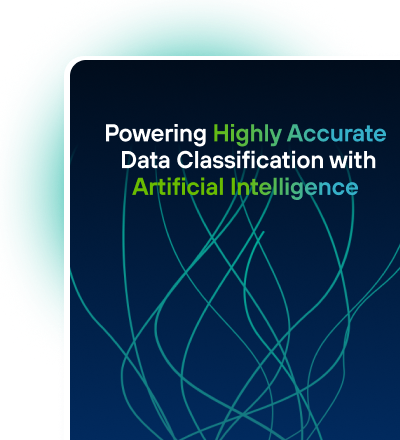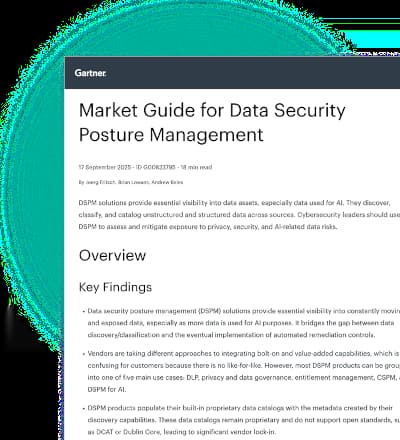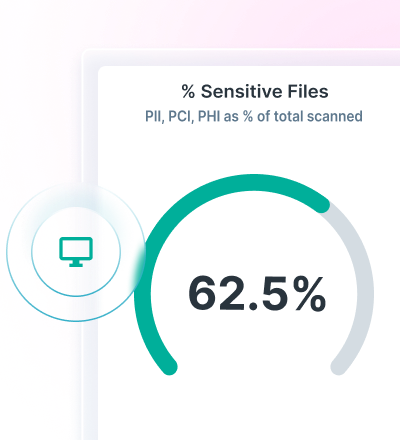SolarWinds CEO Talks Sunburst Attack, Security
Sudhakar Ramakrishna’s Stubborn Optimism
0 min read

In this episode of To The Point, “The Incredible Power of Stubborn Optimism,” SolarWinds CEO Sudhakar Ramakrishna shares insights on leading through crisis and lessons learned while steering SolarWinds during a chaotic time. Highlights from the conversation include;
- Why cybersecurity breaches are not a one-company issue, especially when the attack comes from a foreign nation.
- The impact of re-victimizing the victim, its prevalence in media coverage, and considering impact from the perspective of the victim.
- How to manage a crisis with limited resources, including how to put employees and customers first.
- The importance of transparency and continuous, two-way communications, even when you don’t have all the answers.
- What it means to build a culture of trust.
- How the security software community—including vendors, suppliers, researchers, the government, and other authorities—can come together to share information for the sake of their customers.
Ramakrishna’s perspective is particularly important, considering cybersecurity attacks continue to grow more frequent and more sophisticated. But as you’ll hear in the podcast, Ramakrishna still remains optimistic for the security path ahead. Tune in to gain insights into what solutions he believes will help the security software industry better protect their customers, and why people are a critical part of the solution.
Don’t miss this insightful and inspiring discussion, part of Forcepoint’s To The Point podcast series named to FedTech’s Top 30 Federal IT Influencers list three years in a row – 2019, 2020, 2021.
- SolarWinds CEO Sudhakar Ramakrishna's Stubborn Optimism
In the Article
 SolarWinds CEO Sudhakar Ramakrishna's Stubborn OptimismListen to Episode 155
SolarWinds CEO Sudhakar Ramakrishna's Stubborn OptimismListen to Episode 155
X-Labs
Get insight, analysis & news straight to your inbox

To the Point
Cybersecurity
A Podcast covering latest trends and topics in the world of cybersecurity
Listen Now
